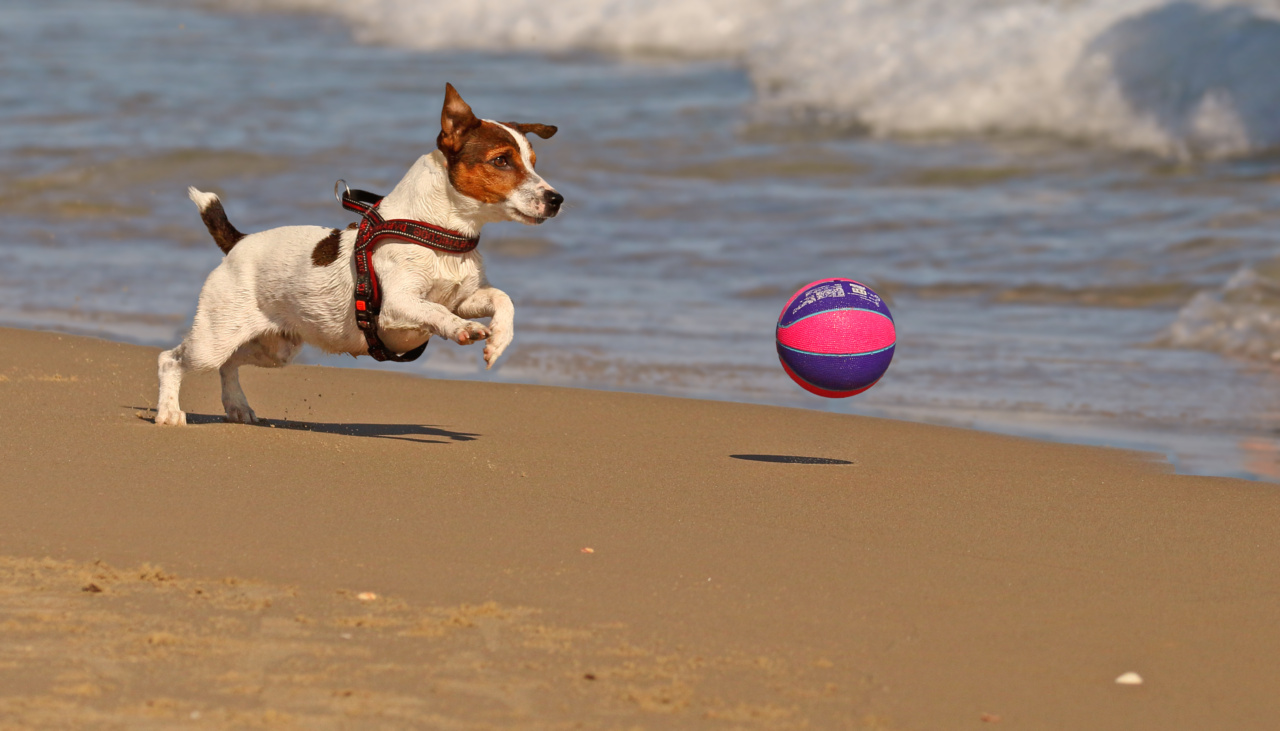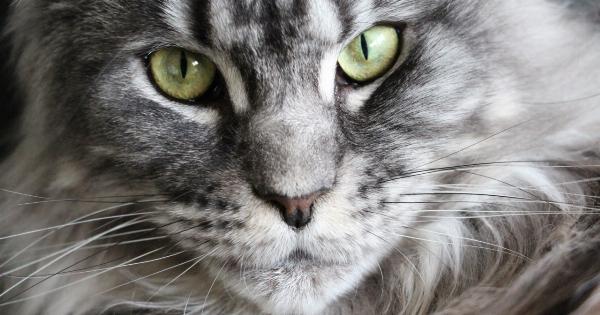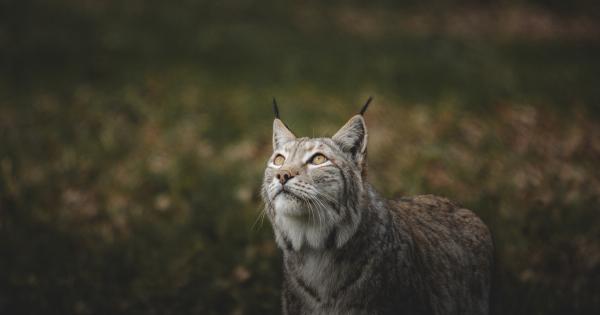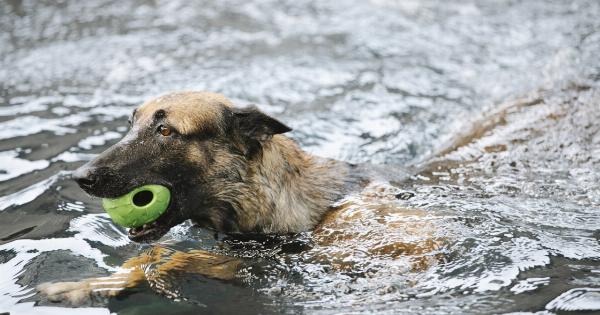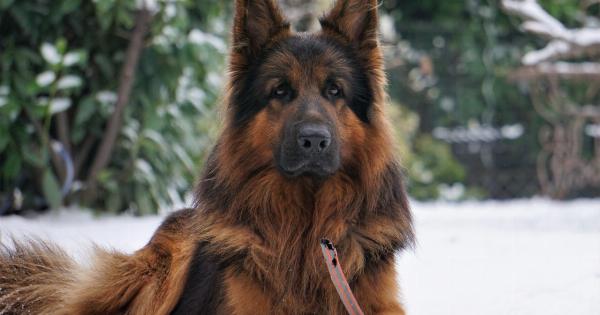The Jack Russell Terrier is a small but mighty breed known for its loyalty and fearlessness. Originally developed in England in the 19th century, these dogs were bred for hunting small game, particularly foxes.
Jack Russell Terriers are highly energetic, intelligent, and sociable, making them great companions for active individuals and families.
History of the Jack Russell Terrier
The Jack Russell Terrier breed was named after its creator, Reverend John Russell, who was passionate about fox hunting. He wanted to develop a small, agile, and tenacious terrier that could keep up with the hunt and flush out foxes from their dens.
Reverend Russell carefully selected and bred dogs that exhibited the desired traits for hunting. His breeding program aimed to produce terriers with exceptional endurance, agility, and determination.
Over time, the Jack Russell Terrier breed gained popularity not only as a hunting dog but also as a beloved companion.
Their intelligence and trainability made them suitable for various tasks beyond hunting, such as performing tricks and participating in dog sports.
Physical Characteristics
Jack Russell Terriers are small, compact dogs with a well-balanced body. They stand around 10 to 15 inches tall at the shoulder and weigh between 14 to 18 pounds. Their short, dense coats come in three different types: smooth, rough, and broken.
These dogs have a distinctive rectangular-shaped head with dark, almond-shaped eyes. Their ears are V-shaped and fold forward, giving them an alert and attentive expression.
The Jack Russell Terrier’s tail is typically docked, although this practice is becoming less common.
Temperament and Personality
One of the most endearing qualities of Jack Russell Terriers is their unwavering loyalty to their owners. They form strong bonds and are known to be highly devoted and protective.
These terriers are lively, energetic, and always up for a challenge. They have an abundance of energy that requires regular exercise and mental stimulation. A bored Jack Russell Terrier may become mischievous or exhibit destructive behaviors.
Despite their small size, Jack Russell Terriers have a big personality. They are fearless and have a strong prey drive, which can sometimes lead to chasing smaller animals or digging.
Early socialization and training are crucial to help channel their instincts appropriately and prevent behavioral issues.
Training a Jack Russell Terrier
Due to their high intelligence and eagerness to please, Jack Russell Terriers are generally quick learners. However, they can also be strong-willed and independent, which may require a patient and consistent training approach.
Positive reinforcement methods, such as treats, praise, and rewards, work best with this breed. Harsh training techniques are not recommended as they can lead to fear and resistance.
Jack Russell Terriers excel in various dog sports and activities, including agility, obedience, and even flyball. Engaging their minds and providing regular physical exercise will help them stay happy and well-behaved.
Exercise Needs
As highly active dogs, Jack Russell Terriers require plenty of exercise to maintain their physical and mental well-being. Daily walks, playtime, and interactive games are essential to keep them stimulated and prevent boredom.
Regular exercise also helps prevent weight gain, as these dogs have a tendency to overeat if not monitored. A bored or under-exercised Jack Russell Terrier may resort to destructive behaviors as a way to release pent-up energy.
Common Health Issues
While Jack Russell Terriers are generally healthy dogs, there are a few health issues that can affect the breed. These include:.
1. Patellar Luxation: This condition involves the dislocation of the kneecap and can cause lameness and discomfort.
2. Legg-Calve-Perthes Disease: A degenerative hip joint disease that can cause pain and lameness.
3. Deafness: Some Jack Russell Terriers may be prone to congenital deafness. Regular hearing tests can help identify this issue.
4. Lens Luxation: This condition affects the eye and can lead to ocular pain and vision impairment.
Regular veterinary check-ups, a balanced diet, and proper exercise can significantly contribute to the overall health and well-being of a Jack Russell Terrier.
Grooming Needs
Jack Russell Terriers have a relatively low-maintenance coat. Smooth-coated Jack Russells require minimal grooming and only need occasional brushing to remove dead hair.
Rough and broken-coated Jack Russells may require more regular brushing to prevent matting.
Bathing is necessary only when they get dirty or develop an odor. It’s essential to check their ears regularly and keep them clean to prevent infections.
Additionally, trimming their nails and brushing their teeth should be included in their regular grooming routine.
Living with a Jack Russell Terrier
Living with a Jack Russell Terrier can be an incredibly rewarding experience for the right owner. Here are some important considerations:.
1. Active Lifestyle: Jack Russell Terriers thrive in homes where they can receive regular exercise and mental stimulation. They are not well-suited for apartments or sedentary households.
2. Socialization: Early socialization is vital to ensure a Jack Russell Terrier grows up to be a well-behaved and confident adult. They should be exposed to various people, animals, and environments from a young age.
3. Supervision: Due to their strong prey drive, Jack Russell Terriers should be closely supervised when interacting with smaller animals, as they may have a tendency to chase or be aggressive towards them.
4. Training and Mental Stimulation: These intelligent dogs thrive when given tasks to accomplish. Obedience training, puzzle toys, and interactive games can help keep their minds sharp and prevent behavioral issues.
Jack Russell Terriers as Family Pets
Jack Russell Terriers can make wonderful family pets and are generally good with children. However, due to their high energy levels, they may be too active for very young or frail individuals.
It is important to teach children how to properly interact with the dog and supervise their playtime to ensure everyone’s safety. Additionally, providing a quiet space for the dog to retreat to when needed can help prevent overwhelm or stress.
Conclusion
The Jack Russell Terrier is a loyal and fearless breed that brings joy and excitement to the lives of their owners.
With proper training, socialization, and exercise, they can be wonderful companions for individuals and families who are ready to keep up with their energy and zest for life.
